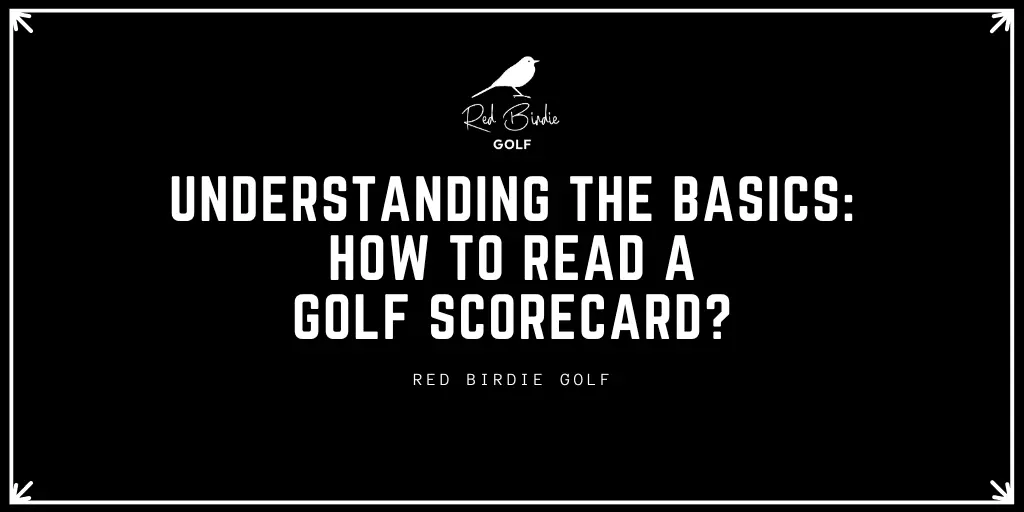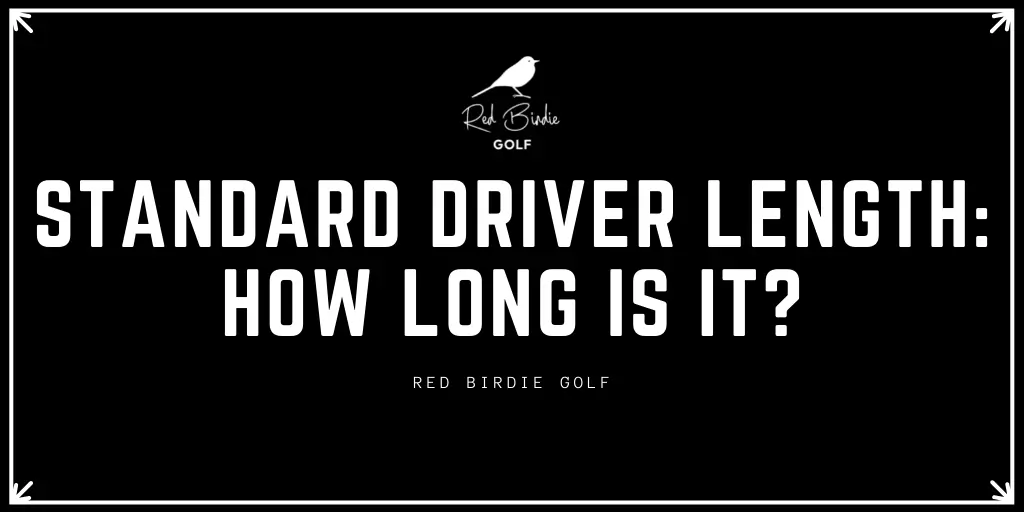Every golfer, regardless of their skill level, must know how to read a golf scorecard. This essential skill is crucial for tracking your performance, understanding your progress, and sharing your achievements with others. This article demystifies the process and presents a comprehensive guide on how to read a golf scorecard.
What is a Golf Scorecard?
A golf scorecard is a paper or digital card that records the scores of golfers. It not only shows the performance of each player but also provides a wealth of information about the golf course, including the yardage, par, and handicap for each hole.
Components of a Golf Scorecard
Each golf scorecard typically contains the following sections:
Player’s Names
In this section, you’ll list the names of all golfers participating in the round. Each player has their dedicated row for recording scores.
Holes
The golf course’s holes are listed sequentially from 1-18 (or 1-9 for a shorter course). Each column under these numbers is where you record your score for each hole.
Yardage
The yardage on a scorecard represents the distance from the tee box to the hole. It is often listed from multiple tee colors, representing different distances.
Handicap
The handicap is a number that indicates the difficulty of each hole relative to the others on the course. A lower handicap means a more challenging hole.
Par
Par represents the number of strokes that an accomplished golfer is expected to take to complete a hole or course.
How to Read Scores on a Golf Scorecard
Now that you understand the structure of a golf scorecard, let’s delve into how to read the scores.
Recording Scores
After each hole, golfers note down the number of strokes taken on the corresponding column in their row. A golfer’s total score is then calculated by adding all the scores from each hole.
Understanding Scoring Terminology
Standard golf scoring terms include:
- Par: Indicates you’ve completed the hole in the expected number of strokes.
- Birdie: You’ve completed the hole in one stroke under par.
- Eagle: You’ve completed the hole in two strokes under par.
- Bogey: You’ve completed the hole in one stroke over par.
- Double Bogey: Two strokes over par, and so on.
Interpreting Your Score
The final step in reading a golf scorecard is interpreting your score. Compare your score to the course par to see if you’re above (over par), below (under par), or at par.
Conclusion
Knowing how to read a golf scorecard is an integral part of the golfing experience. It provides valuable insights into your game and the course, helping you track your progress and strategize for future games. So next time you’re on the green, take a moment to familiarize yourself with your scorecard – your game will thank you.









